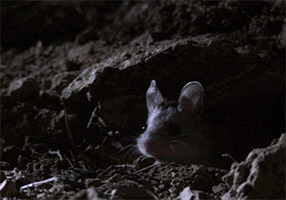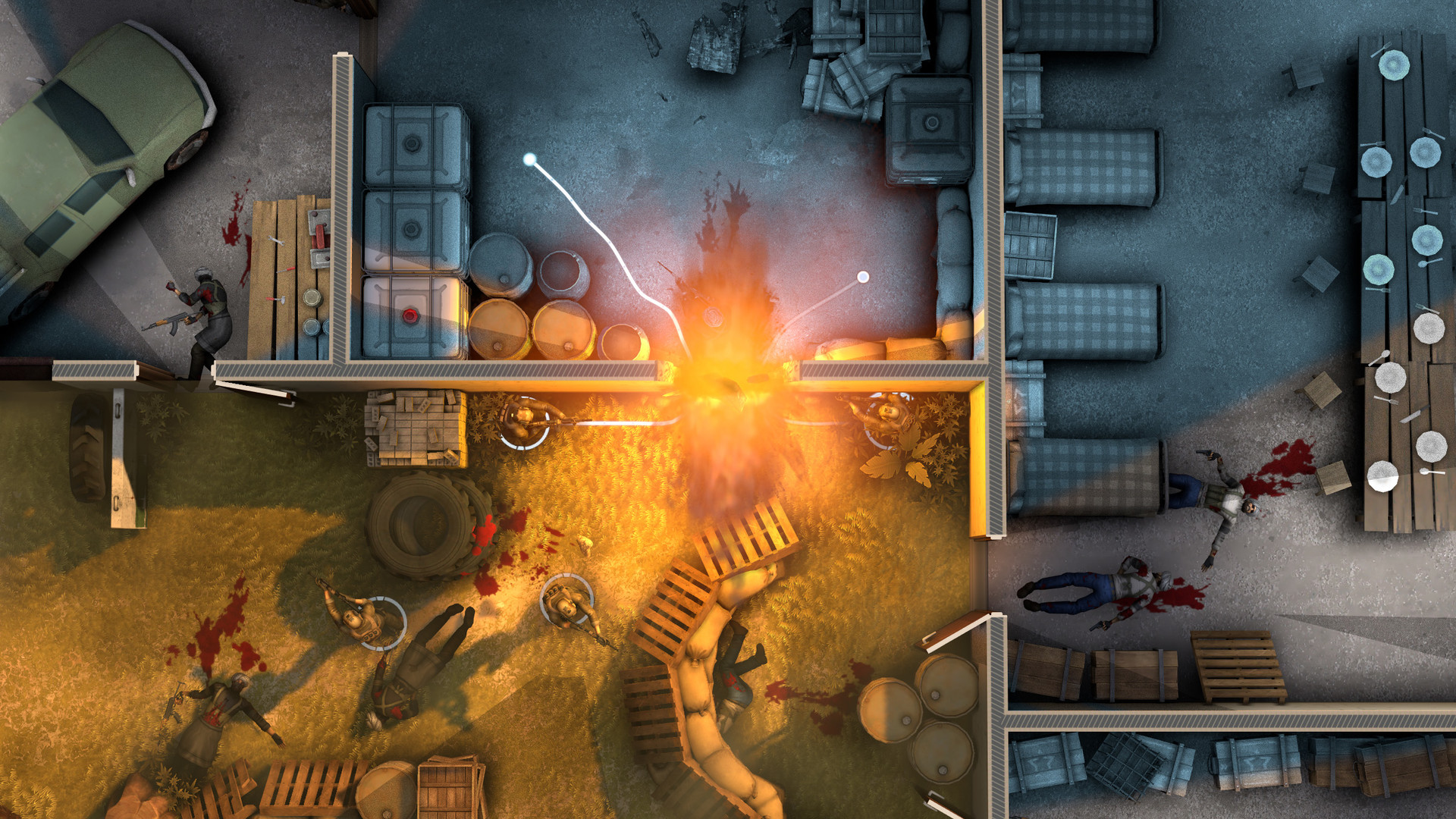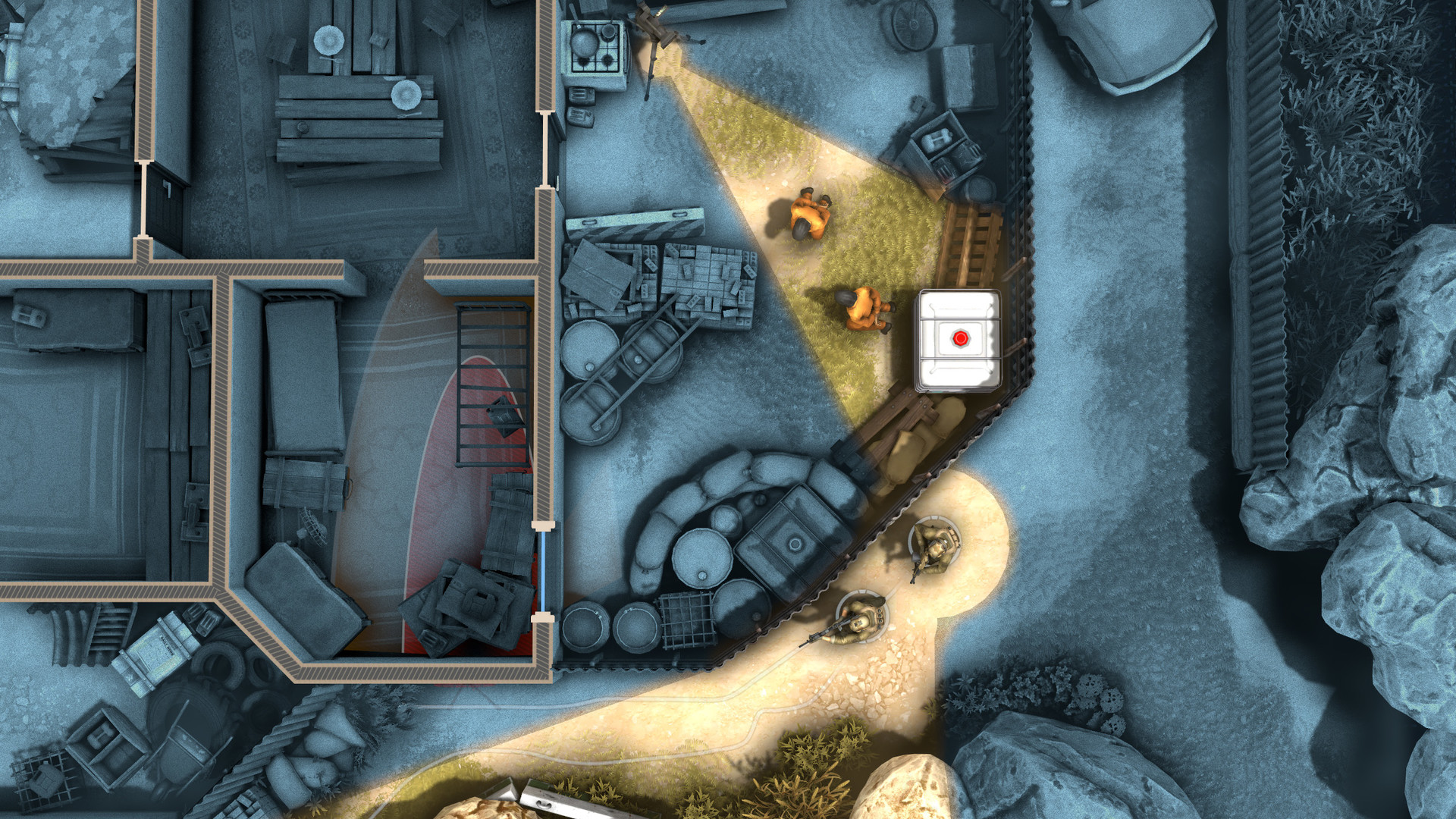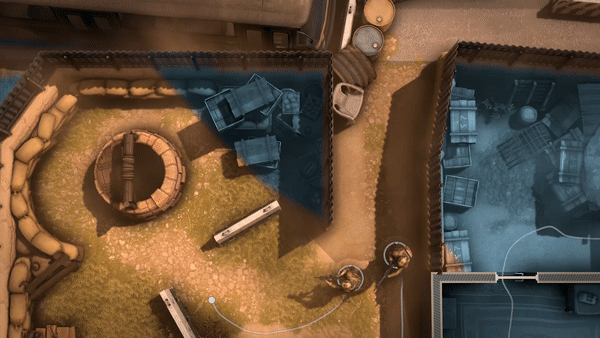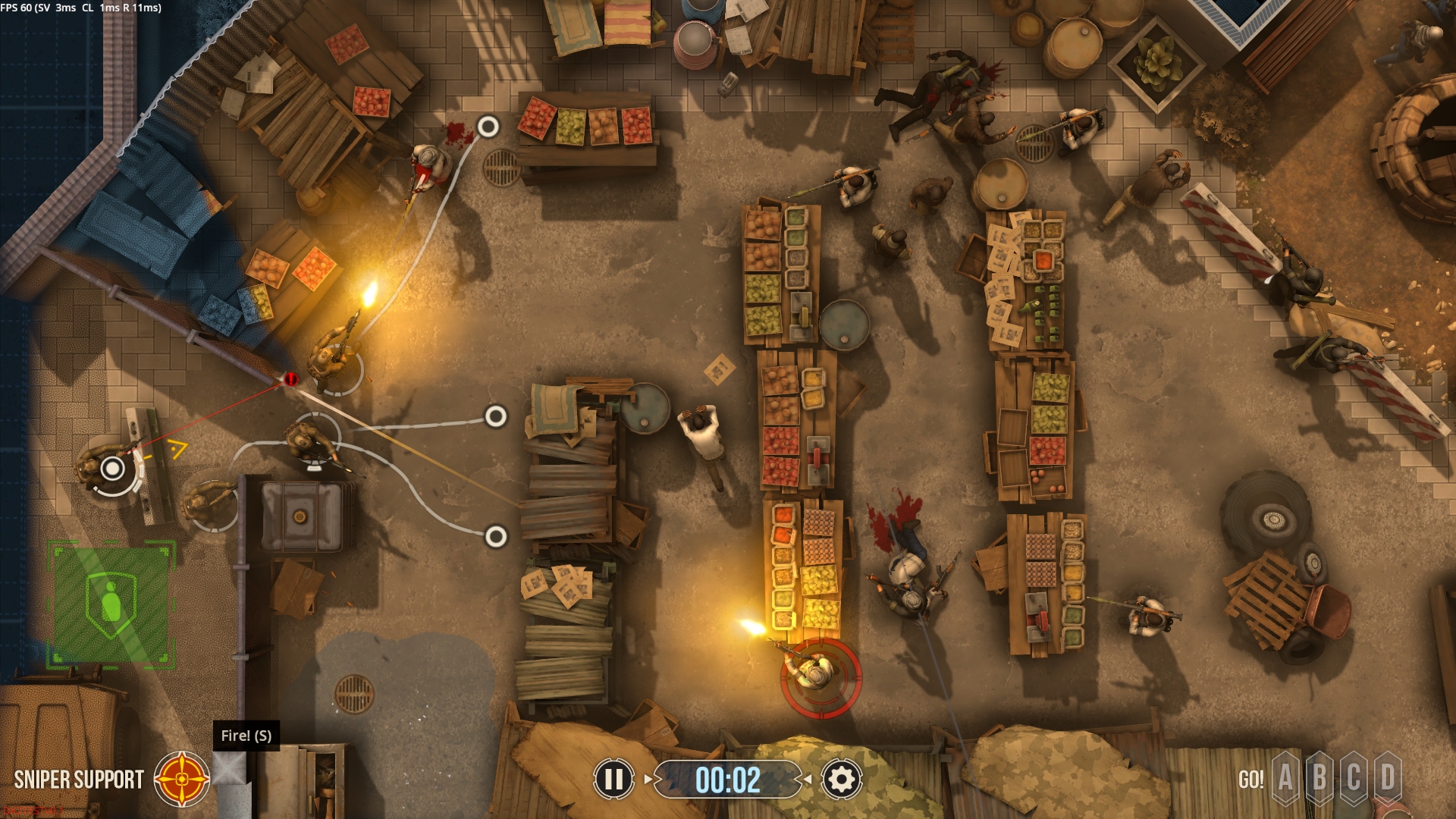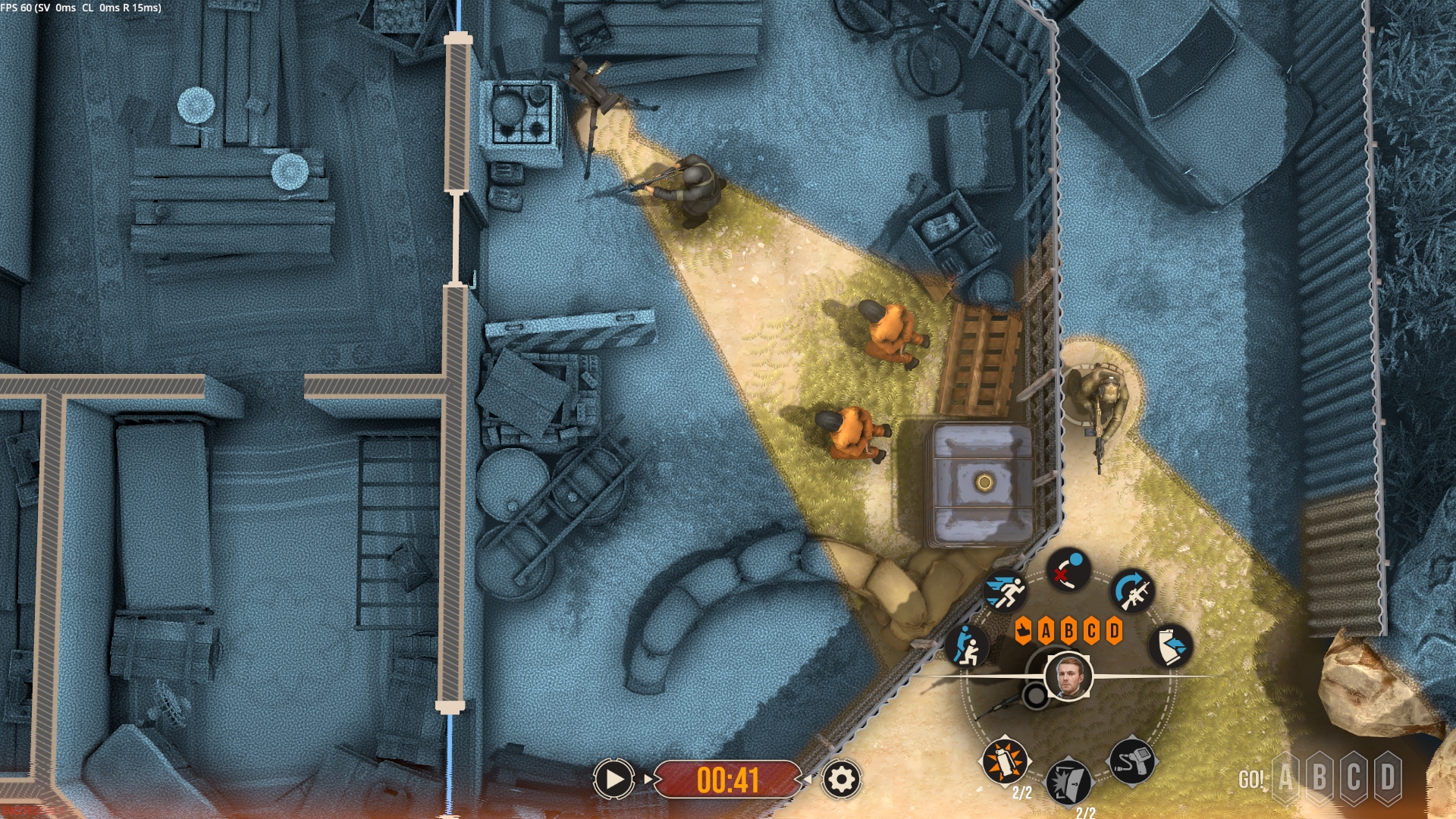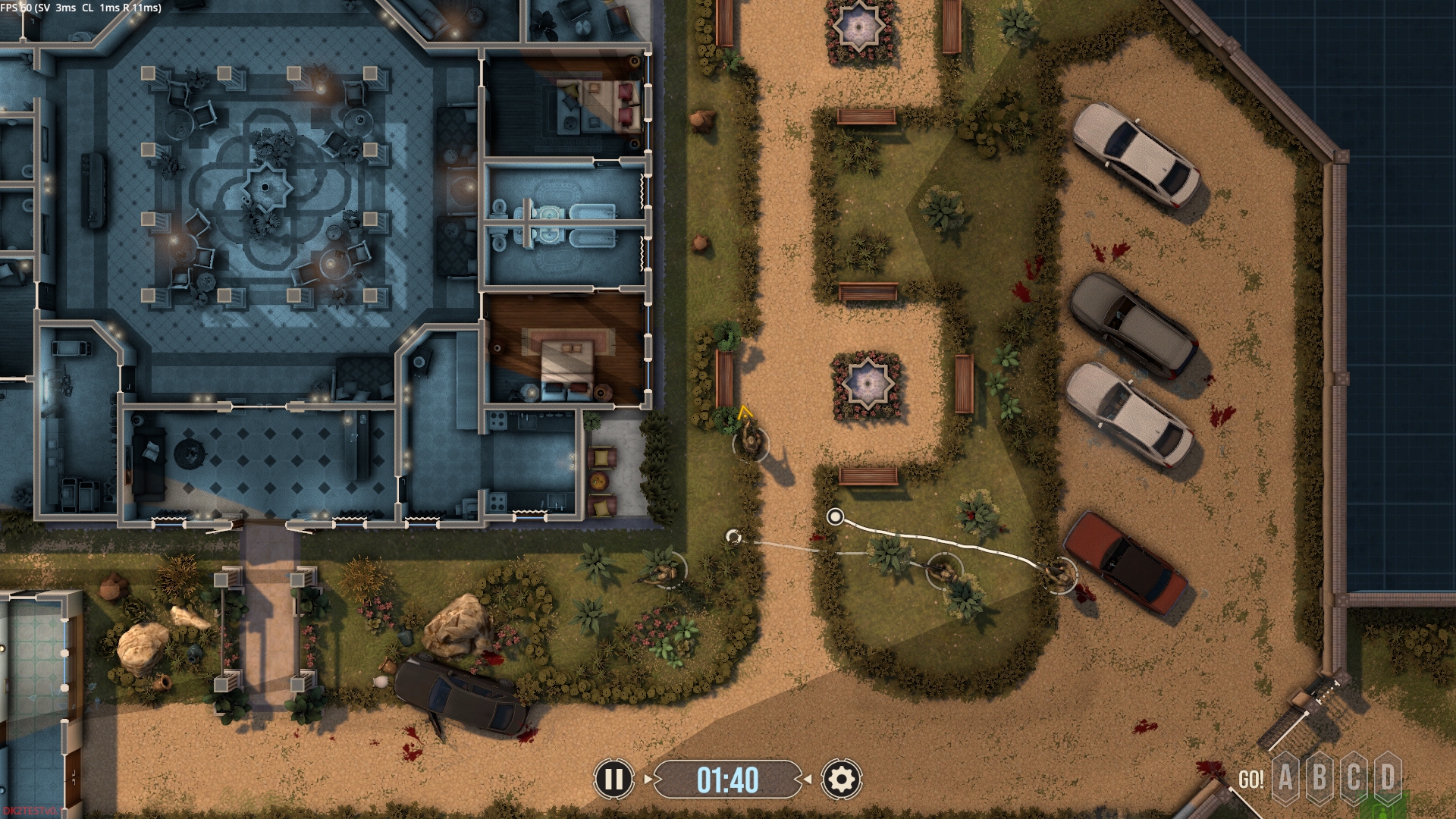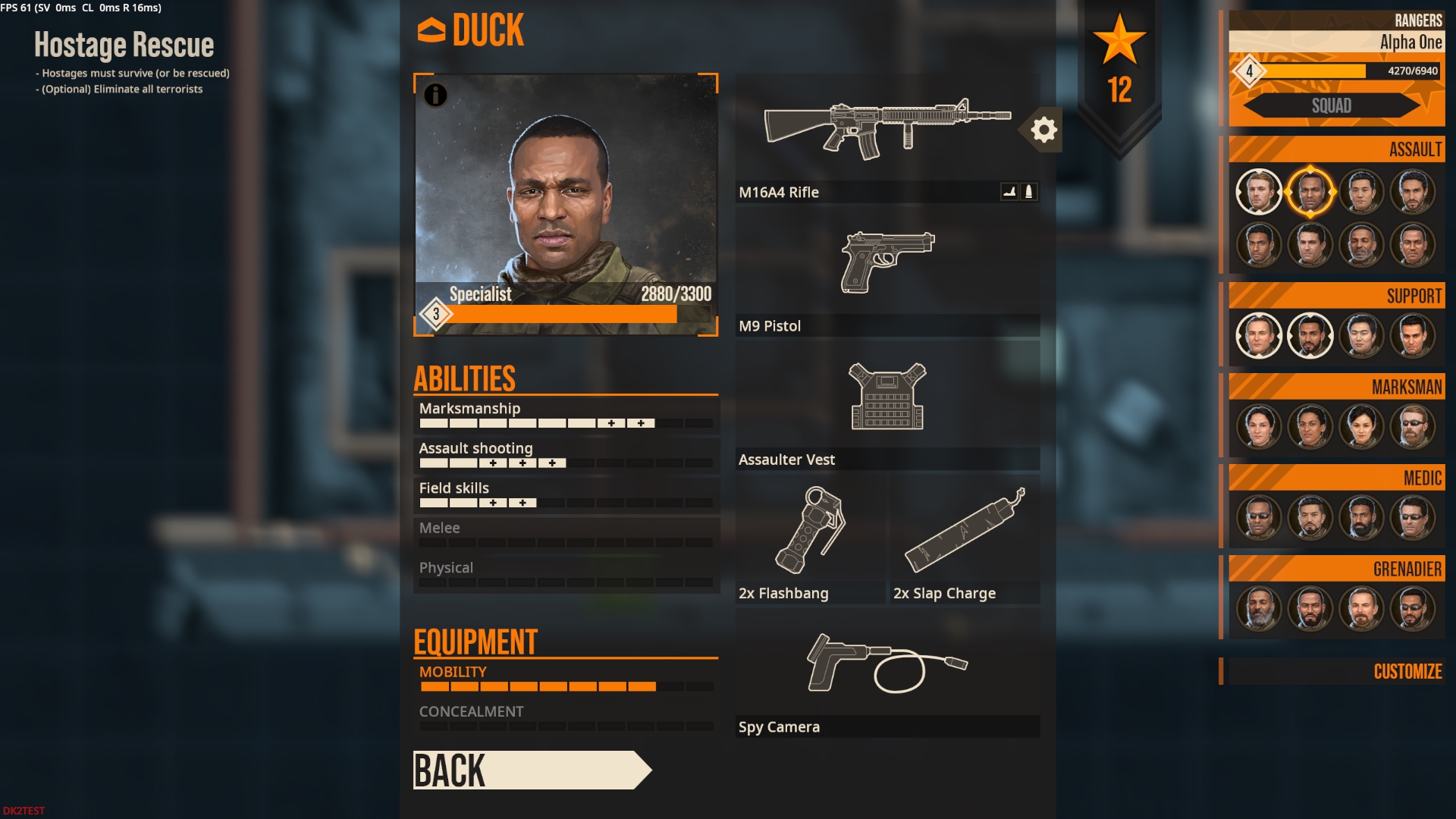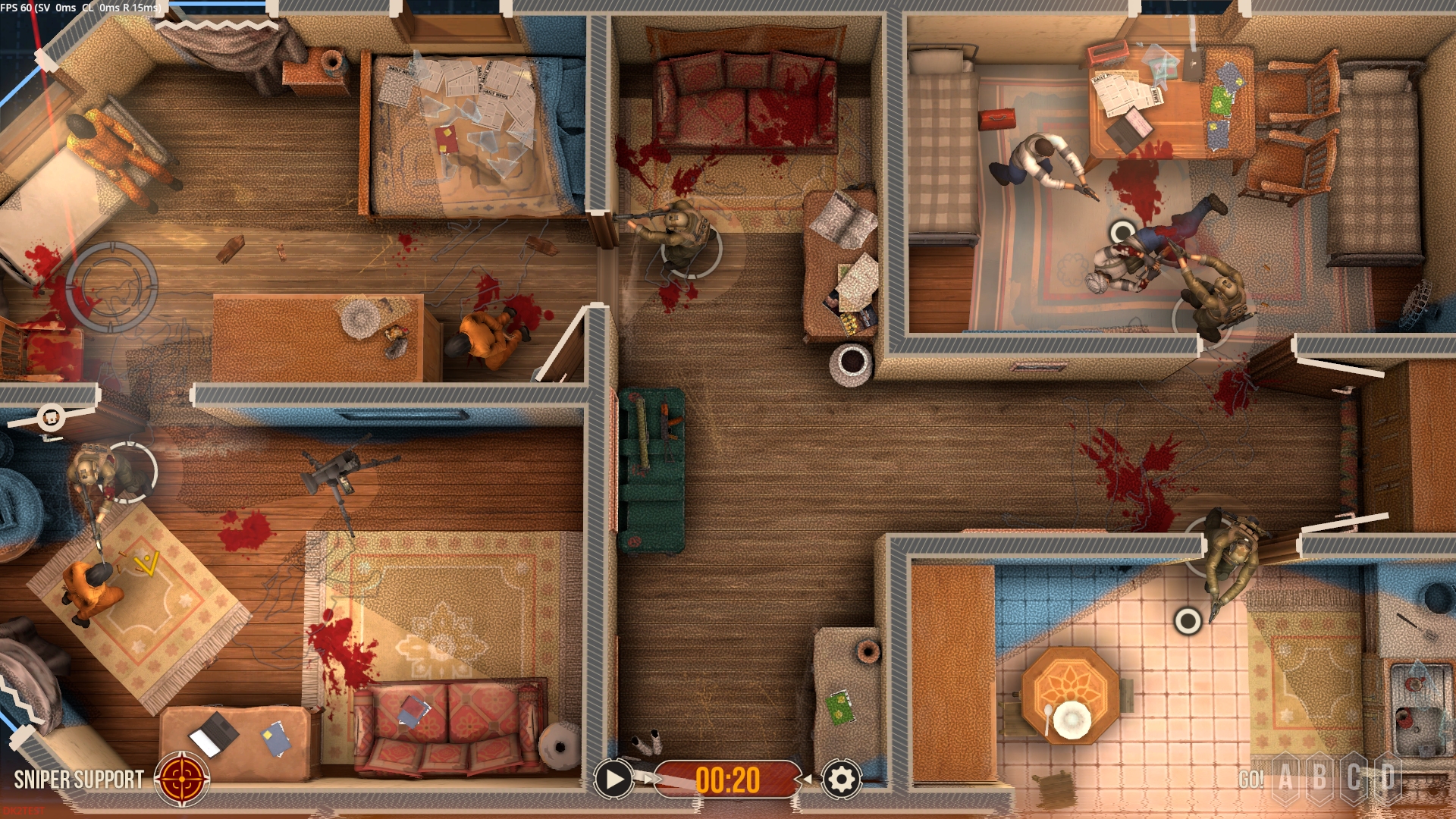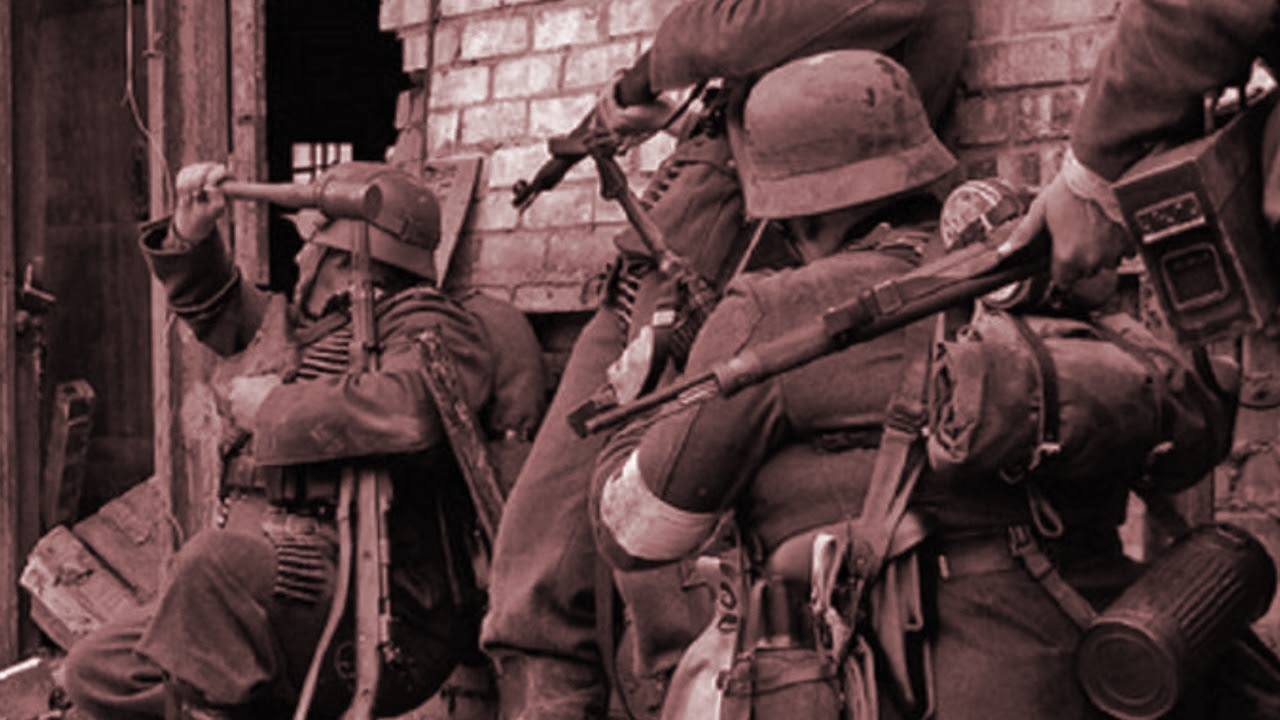RPS: Why did you decide to abandon the sprites that acquitted themselves so well in the original DK?
Dan: Switching to a 3D engine was pretty natural after our experience with Door Kickers 1. We’ve always wanted to offer more – enemies, levels, playable units, weapons and so on – but the sprite engine meant every new ability (and associated animation) needs to re-rendered for all characters. Every new character meant a new sprite sheet and so on. Nothing was expanded easily and it was pretty bureaucratic and we hate that, in fact we want to be at the opposite end of that. Give maximum options and power to our ideas and to our users. A 3D engine allows that.
Also, we noticed some other indie developers like Epic Games being quite successful with their homebrew engines, so why not do that ourselves – while making something that suited our purposes better.
RPS: Has the switch to 3D brought any unexpected benefits?
Dan: Since we’ve started this so long ago, it’s hard for me to remember what came first – the engine, or the advances we designed the engine for? Thus, it’s hard to judge what was expected and what not.
Did we plan for wall breaching at project start? That’s one of the coolest things we have in the game. See that wall? Any wall (almost)! Blow it up – and blow the door behind it too. Windows? Blow them! Smash them with the buttstock and climb right in. Dodge that RPG and use the mousehole it spawns. It’s a whole new game because of this!
Its also a whole new game because it will allow us to easily create night-time scenarios, allow tricks like “cutting the lights out before going in” and in general do away with limitations and more with “valid ideas that the player might have”. We always thought Door Kickers should be about figuring out a plan, an idea, in your head, and easily making it real. We can now do that.
RPS: On the Steam page, there’s mention of unit types such as Rangers having distinct “playing styles and abilities” in addition to specific skins and equipment. How will this work exactly?
Dan: The Rangers are tuned towards fire and maneuver, suppression, explosions and basically going in guns blazing, with relatively large numbers of troops. Other units will lean more towards surgical firepower, precision and getting intel. You will also see a bit of cloak and dagger style action – and the thing is, we aim to let the player choose how he approaches the mission. For a “terrorist hideout” raid that starts at the door, firepower is probably the answer. But need to snatch a target in a populated area, with uncertain threats and concealed enemies? Decisions are tricky, maybe a smaller number of units would work better.
RPS: How much of DK’s AI code were you able to reuse in DK2?
Dan: We restarted from scratch, and with a new coder. Fresh start, fresh ideas, new engine too – and new challenges like using explosives (RPGs, grenades), dealing with suppressive fire (mostly not yet in the game) and dealing with wall breaching by the player. You still can’t see many of the features we have planned in the game, but the basis is already there and I hope you’ll agree the game AI is shaping to be challenging AND interesting to fight against.
RPS: Am I right in thinking that although most walls can be mouseholed with explosives, they can’t be penetrated by weapons like HMGs and large-calibre sniper rifles?
Dan: You are correct. We are looking mostly to model breaching as a player option – use the right tool and open a new avenue of approach, with pros and cons to it. We also model 40mm grenade launchers, we don’t factor their potential wall breaching capabilities that would come with specialist rounds. And its not just walls – you can also blow much of the scenery up, like fences – and in the future we plan to have tools like thermal torches for cutting out metal sheets and gaining entry, or maybe even deployable ladders to jump over.
Back to the original question – we do model a bit of potential overpenetration for (external) sniper support, so you might even see 50 cal sniper fire going through walls at some point. Similarly, we might model HMG destruction of cover objects in the future, though even now cover is not entirely perfect due to the prevalence of hand grenades, rocket launchers and the dynamic nature of the game. You need to move not stay hidden in cover, if you are to succeed.
RPS: In the press build my men always seem to prevail in melee situations. Have I just been lucky?
Dan: Hey, that is no press build, that’s just a limited demo we used for closed beta and hardware compatibility testing. Regarding melee, in the current implementation it is indeed just a technique your troopers use to gain an upper hand and a bit of separation when they get too close to a target. They just smack/shove people away if they encounter them in the forward quarter. They always get that upper hand but when they shove they don’t shoot, so they’re vulnerable in multi-threat environments.
I hate to make promises at this stage but the plan is to have different capabilities for other enemies or entities you encounter; This could get your troops locked in melee with an enemy and requiring outside help and presenting a challenge – do you send another trooper to help? Do you take a risky shot? Do you trust your luck and wait it out? Can you afford it?
The rule is that your troops are better than most and can handle everything 1v1 and 1v2 in gunfights, and 1v1 in melee contest, but you have to point them the right way. Force a trooper to look right and he might get jumped from the left, and then you have a problem. So, coming back to the current build, you only see one particular situation – what happens when your troopers get a bad guy close but on their own terms – they win! But the game will have more.
RPS: Did you consult any Subject Matter Experts during development?
Dan: We gleaned as much as possible from books and the internet. A couple of books come to mind.
Task Force Black by Mark Urban helped us lay out the basic aims and setting of the game, even though the game world is a fictional Iraq-like Middle Eastern Country.
Violence of Action by Marty Skovlund Jr. helped us flesh out what the Rangers experience should be. But we always apply our own view on what a cool / realistic / interesting game should be – as does any sane game developer. And we never stop reading. I’ve just finished
Thank You for My Service by Mat Best, which is more Rangers stuff and very interesting as a personal memoir too. And I’ve jumped straight into
Sid Meier’s book, which is as awesome as can be for a child of the 80’s turned game dev.
As for SMEs, we have and are in contact with a number of them since before DK1 times, and ask for advice and opinion when things happen. Now this may be about how a certain piece of weaponry, gear or tactic is used, or it may be advice on how to make the editor more usable for their training purposes

We’re lucky that Door Kickers has gathered a pool of Mil/LEO veterans that enjoy it and are happy to offer their thoughts and advice. Wish we had the time and ability to put all of that into the game, but we think we’ll deliver a pretty accurate representation of what small scale infantry combat is.
RPS: Do you think DK2 is sufficiently realistic to serve as a police/military training tool?
Dan: I’m not sure how realistic it could or should be given the top down perspective, and what level of realism would be expected from a training tool. We know it’s realistic enough for our needs as a game. But we’ve gauged interest with Door Kickers 1 as a “serious game”, and we’ve received countless reports and pictures from friends and customers that have used the game in some form to supplement training. Whether it was just used to capture footage or screenshots that would go in a presentation or briefing, or was used to ‘game’ live in front of a class / group of officers and discuss solutions to tactical challenges – it seemed to work. As a friend told us “Students don’t ask for a break anymore, they ask for another level”.
Now, where does Door Kickers 2 sit on the spectrum? We think its better than Door Kickers 1, but what concerns me is not whether it would be realistic enough or “more realistic”, but rather if we can make it more usable as a tool. Did we make map building simple enough for officers in a hurry? Can we provide debrief / AAR tools on top of the replay system, to help the teacher-student duo to work together?
We’ll see. We certainly have a solid basis for that kind of stuff.
RPS: Does the new engine mean camera mods are possible? Could we, for example, see first-person perspective replays at some point?
Dan: It is possible – we do have debug tools like that – but the assets are not optimized for that and it would look subpar, and sometimes we may use camera and geometry tricks to make the world more readable from the top down perspective, tricks that would seem weird from FP view.
Our philosophy is to pick our development battles carefully and try to win them decisively. DK2 aims to be the best game in its class, so whatever features we put in, they should look stellar.
RPS: If a studio interested in developing a WW2 Stalingrad title based on the DK2 engine approached you, would they be wasting their time?
Dan: We’d certainly welcome it as well as any mods that people want to do. My instinct is that Stalingrad should be a more visceral thing rather than the cerebral planning in Door Kickers, but we do play WW2 TBS-es, right? So DK2 engine should work too!
RPS: Are you still confident DK2 will be in the hands of Early Accessers by the end of the year?
Dan: Come hell or high water, we’ll release this November. We’re rolling very fast towards it now, so there’s just small question marks remaining for that version.
RPS: Thank you for your time.











![Glory to Codexia! [2012] Codex 2012](/forums/smiles/campaign_tags/campaign_slushfund2012.png)

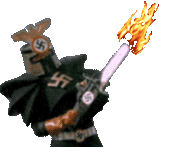





















![The Year of Incline [2014] Codex 2014](/forums/smiles/campaign_tags/campaign_incline2014.png)
